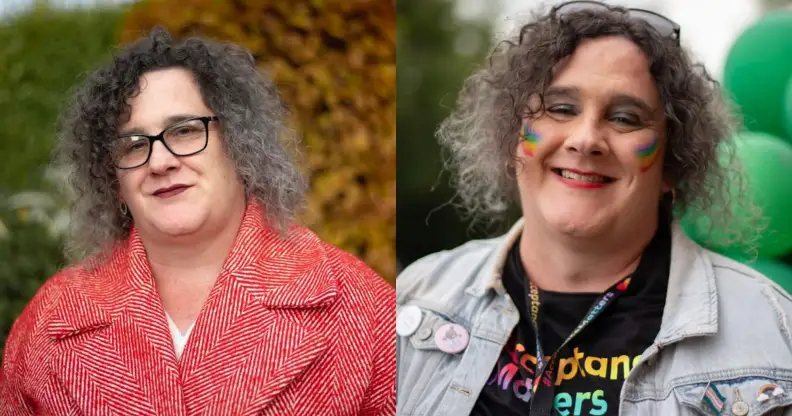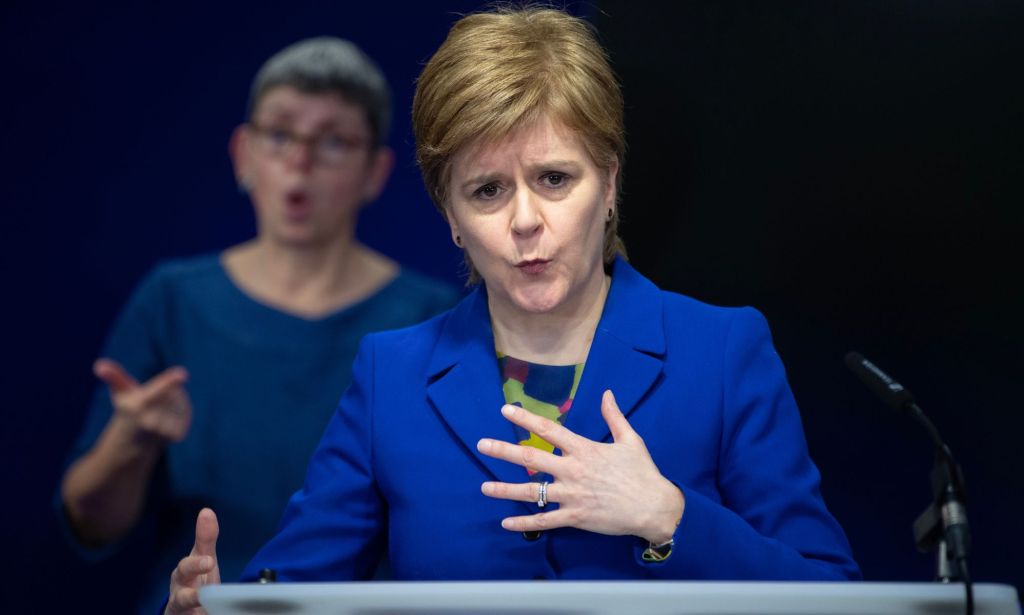Ireland has had trans self-ID laws for years. The simple reality is there’s no risk for women

Aoife Martin is a trans woman living in Ireland. (Supplied)
In 2018, Aoife Martin received her Gender Recognition Certificate after self-declaring her gender.
That’s because, in the Republic of Ireland, self-identification has been a reality since the country passed its Gender Recognition Act (GRA) in 2015.
Self-identification for trans people shouldn’t be a big deal, but that hasn’t stopped an all-out war from brewing in the UK and other jurisdictions over the issue. Theresa May’s Conservative government promised to introduce self-declaration in 2018, but those plans were quickly dropped under Boris Johnson.
After the Scottish government passed its own reforms in December, the UK government announced its plans to block them, citing issues with the 2010 Equality Act and concerns regarding the safety of women and girls.
Perhaps the UK government’s concerns would be allayed if they took a look at Ireland. After almost eight years of self-declaration, none of the fear-mongering pushed by some in the UK has come to pass.
‘Lies’ about gender recognition reform and trans self-ID laws must stop
Getting self-ID was a “huge” moment for Ireland’s trans community, says Martin.
“Ireland had already voted for marriage equality and now we were one of the few countries in the world allowing trans people to self-ID,” she adds.

“It really felt like we were finally moving in the right direction as a country and becoming a much more socially liberal society. I felt so proud to be Irish.”
Martin pays tribute to Dr Lydia Foy, the trailblazing trans activist who spent years fighting for gender recognition in Ireland. Her battle put self-identification on the table long before politicians in Westminster turned it into a culture war.
Anti-trans hate has been raging in the UK’s media, and in political circles, for years – the debate on self-ID and the Scottish parliament is just the latest episode in a long, painful saga.
“There are so many lies being perpetuated about self-ID and what a Gender Recognition Certificate actually allows,” Martin says.
“It has nothing to do with bathrooms or changing rooms or access to women’s spaces. Mostly, all that a Gender Recognition Certificate does is allow a trans person to change their birth certificate and ensure that their death certificate will accurately reflect their gender identity.
“There are probably some laws around taxes and pensions but by and large those are the two headline items. You wouldn’t know that from how this is being portrayed in the media, though. Trans people are being monstered day in and day out and the media are lending an all-too-willing helping hand.”
Like many others, Martin was delighted when the Scottish parliament passed its gender recognition reforms. In the end, they were “swayed by facts and not the fear-mongers”, she says.

She admits she was “shocked and surprised” when the UK government blocked the legislation from going for royal assent under Section 35 of the 1998 Scotland Act. Some have warned that the move could trigger a constitutional crisis and even pave the way for Scottish independence.
“Do the Tories and the British establishment really hate trans people so much that they’re willing to risk the break-up of the union?” Martin asks.
“I guess they do. My heart goes out to all trans people in the UK and particularly to those in Scotland.”
The reality of self-identification is simple: it makes people’s lives easier and it harms nobody, Martin says. She just wishes those in the UK government were interested in listening to facts.
“I’ve only used my gender-recognition certificate once since I got it and that was to have my birth certificate amended.
“Since then it’s been sitting in a box somewhere. I don’t carry it with me and I don’t need to carry it with me.
“At the end of the day, it’s just a piece of paper but it’s a piece of paper that validates who I am and tells me that the state recognises me for who I am. I think that’s important.”
How did this story make you feel?

